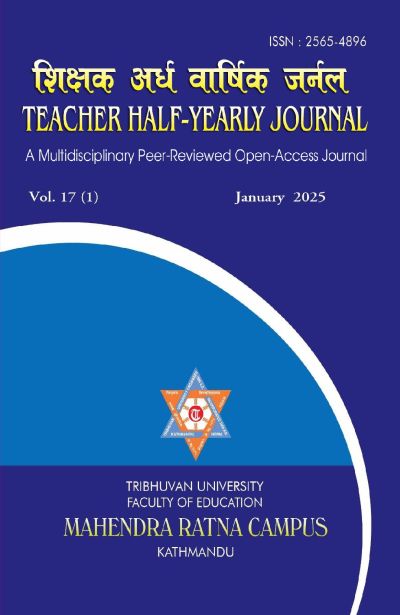Connecting Cultural Artifacts with Mathematics: An Example from Rangauli Mandala
DOI:
https://doi.org/10.3126/thj.v17i1.77880Keywords:
Cultural artifacts, Ethnomathematics, Ethnography, Cultural friendly pedagogyAbstract
This paper investigates the integration of cultural artefacts, specifically the Rangauli mandala, into the teaching and learning of school mathematics. Drawing on qualitative research methods, the study explores the mathematical ideas inherent in cultural practices and artifacts, emphasizing their pedagogical implications. Through interviews and observations, the research uncovers sophisticated mathematical concepts embedded in the construction of the Rangauli mandala, such as geometric patterns and spatial reasoning. The findings highlight the importance of connecting mathematics instruction with students' cultural backgrounds, as their familiarity with cultural artefacts can enhance understanding and engagement with mathematical concepts. Despite challenges such as overloaded curricula and time constraints, the study underscores the value of incorporating cultural artifacts and students’ ethnomathematical ideas into mathematics education to promote conceptual understanding. Ultimately, the paper advocates for the utilization of ethnomathematics as a pedagogical tool to bridge the gap between students' everyday mathematical practices and formal school mathematics through facilitation to have deeper learning and cultural appreciation in the classroom.




